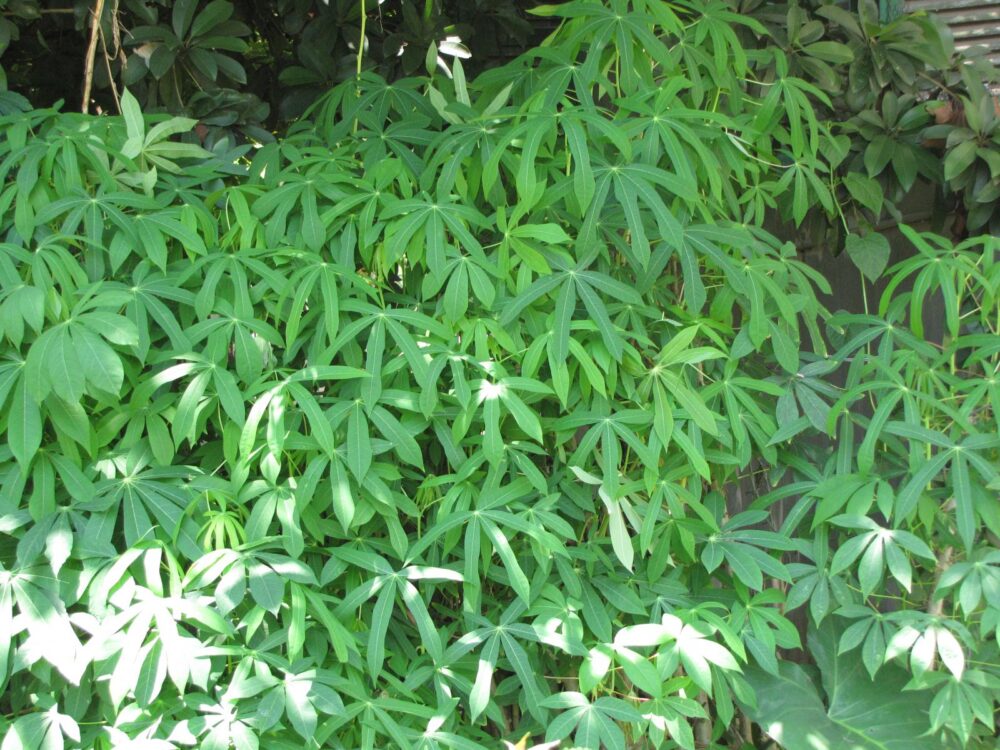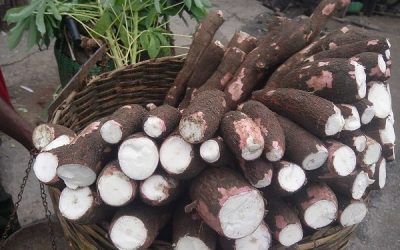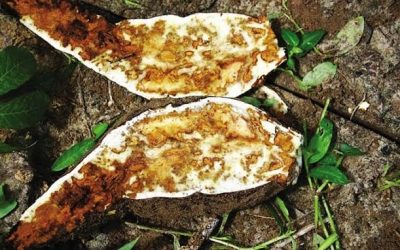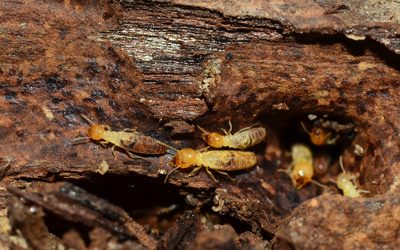Nutrition and Toxicity of Cassava.

Cassava is a vegetable that is a staple ingredient of many diets worldwide. It is a good source of nutrients, but people should avoid eating it raw.
Raw cassava contains cyanide, which is toxic to ingest, so it is vital to prepare it correctly. Also, there are two types of cassava: sweet and bitter. Bitter cassava is hardier but has a much higher cyanide content.
Cassava is a calorie-rich vegetable that contains plenty of carbohydrates and key vitamins and minerals.
Cassava is a good source of vitamin C, thiamine, riboflavin, and niacin. The leaves, which are also edible if a person cooks them or dries them in the sun, can contain up to 25% protein.
However, the cassava root does not deliver the same nutritional value as other tuber vegetables.
Tapioca starch is gaining attention as a source of gluten-free flour to make bread and other baked products that are suitable for people with an intolerance to gluten.
Cassava is a source of resistant starch, which scientists suggest can boost a person’s gut health by helping nurture beneficial gut bacteria. Resistant starches remain relatively unchanged as they pass through the digestive tract.
The nutritional profile of 1 cup. Trusted Source of raw cassava is as follows:
calories: 330
protein: 2.8 grams (g)
carbohydrate: 78.4 g
fiber: 3.7 g
calcium: 33.0 milligrams (mg)
magnesium: 43.0 mg
potassium: 558.0 mg
vitamin C: 42.4 mg
thiamine: 0.087 mg
riboflavin: 0.048 mg
niacin: 0.854 mg
Cassava contains only small amounts of proteins and fats. As a result, people who use cassava as a primary dietary staple may need to eat extra protein or take protein supplements to avoid malnutrition.
Since cassava leaves are a source of protein, people in some parts of the world emphasize combining the roots and leaves of the plant to address this concern.
Toxicity:
People should not eat cassava raw, because it contains naturally occurring forms of cyanide, which are toxic to ingest. Soaking and cooking cassava makes these compounds harmless.
Eating raw or incorrectly prepared cassava can lead to severe side effects.
Even in places where cassava is a well-known part of the diet, reports have identified several hazards of eating it and taking in too much active cyanide, including: paralyzed legs in children, low levels of iodine, increased risk of goiter, tropical ataxic neuropathy, a condition that is more common in older adults and causes a loss of feeling in the hands, poor vision, weakness, walking problems, and the sensation of something being on the feet
intoxication and eventual death.
In addition to containing naturally occurring cyanide, cassava can also absorb pollutants from the area in which it grows, which can be close to roads and factories.
The pollutants that cassava plants may take up and pass along to humans include: trace metal elements, pesticides and herbicides.


